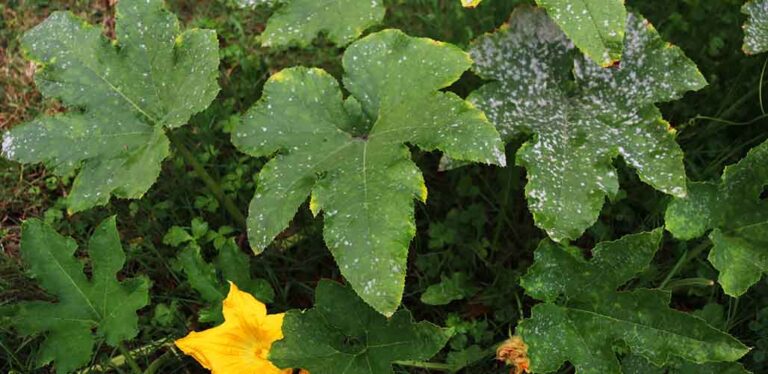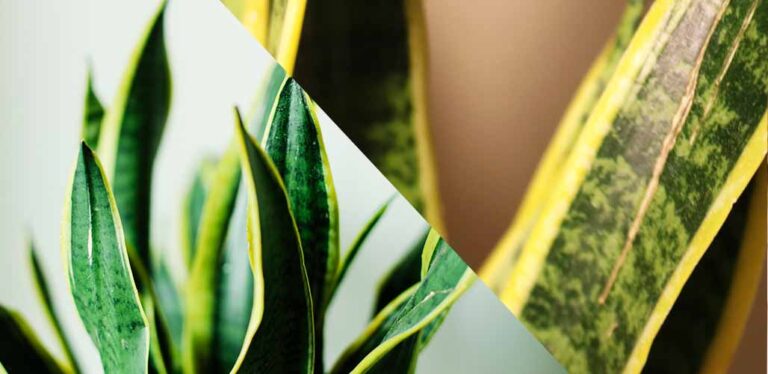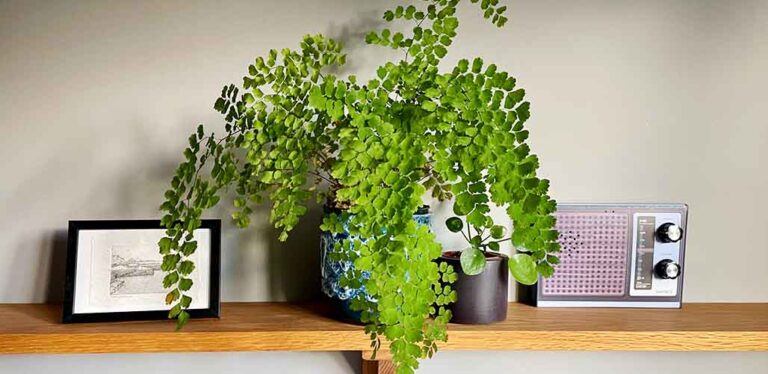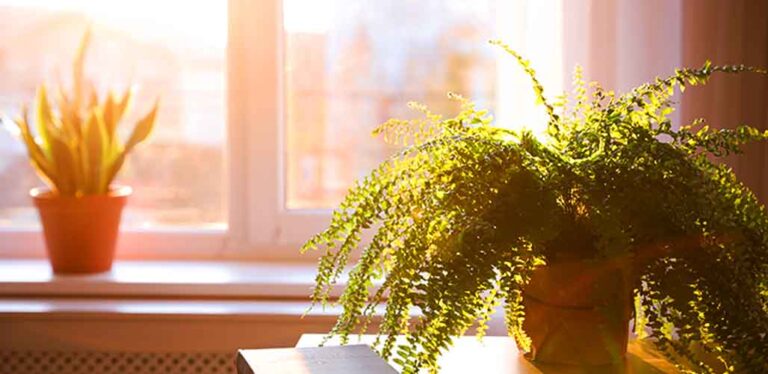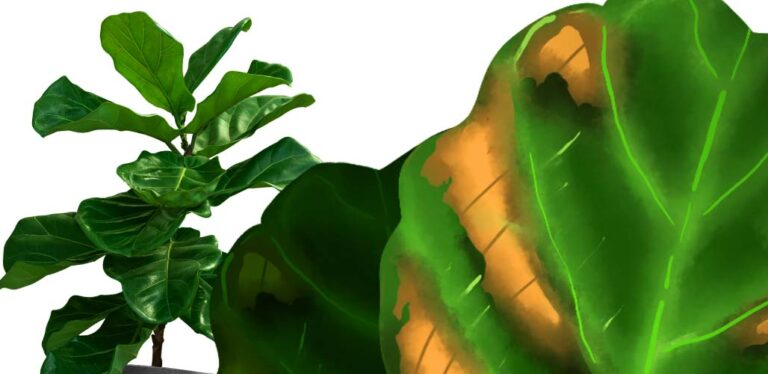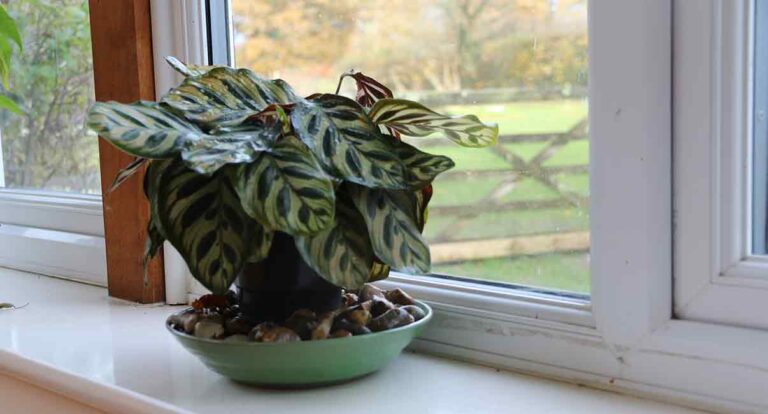Calathea Medallion Sunburn
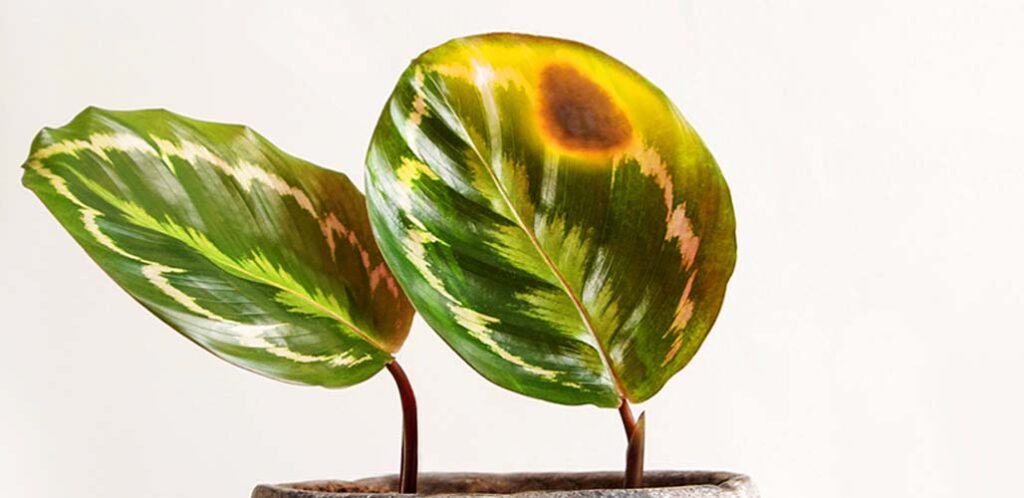
Welcome to our complete troubleshooting guide to Calathea medallion sunburn. If your Calathea medallion plant is looking worse for wear after too much direct sunlight, we’ll help you set it back on the road to health.
- Calathea medallion 101
- Perfect Calathea care
- Do Calathea plants sunburn?
- What does Calathea medallion sunburn look like?
- Treating sunburn on Calathea
- Other leaf conditions easily mistaken for sunburn
Calathea medallion sunburn is a common problem for this shade-loving houseplant. But it’s easily mistaken for other problems, and vice versa. So getting the diagnosis right is an important first step to solving the problem.
Let’s start by seeing if sunburn is a big problem for Calathea medallion, or an unlikely explanation for its problems.
Calathea medallion 101
Calathea medallion is a beautiful houseplant, but it’s not really a Calathea at all! Calatheas are a group of plant species that were originally native to South America, and gained popularity as houseplants in the 1970s. But then in 2012, DNA analysis revealed that some of the so-called Calatheas were genetically distinct and separate from the rest. So they were moved into a new group called Goeppertia. Calathea medallion’s full Latin name now is Goeppertia veitchiana. But it is still widely known as Calathea medallion, and also as the zebra plant!
This Calathea variety is instantly recognizable by its broad, round leaves, which have a light green center, surrounded by concentric ovals of dark green, white, and finally mid-green at the outer edge. The underside of their leaves is a vivid maroon color, owning to a pigment called anthrocyanin.
Calathea plant care
Wild Calathea medallion grows at ground level in tropical rainforests. This means they are adapted to thrive in warm temperatures, high humidity and low direct sunlight. As houseplants, they grow best in a peat free indoor potting medium, in a warm room with high humidity. They dislike being waterlogged or too dry, or being buffeted by drafts from heating, air conditioning or open windows. Calathea medallion prefers moderate indirect light, for example on a north-facing window sill, or a shelf or table slightly away from an east-facing window. Since they like humidity, they are excellent plants for bathrooms.
Do calathea plants sunburn?
Calathea medallion is adapted to thrive in indirect sunlight. In their original habitat, they grew under the shade of shrub layer, understorey, canopy and overstorey plants. In other words, they could hardly expect to be touched by direct sunlight at all! But that’s not to say they grew in the dark. Filtered, dappled light would still reach them. And being near the equator, this light would remain pretty consistent all year round, rather than dipping in winter.
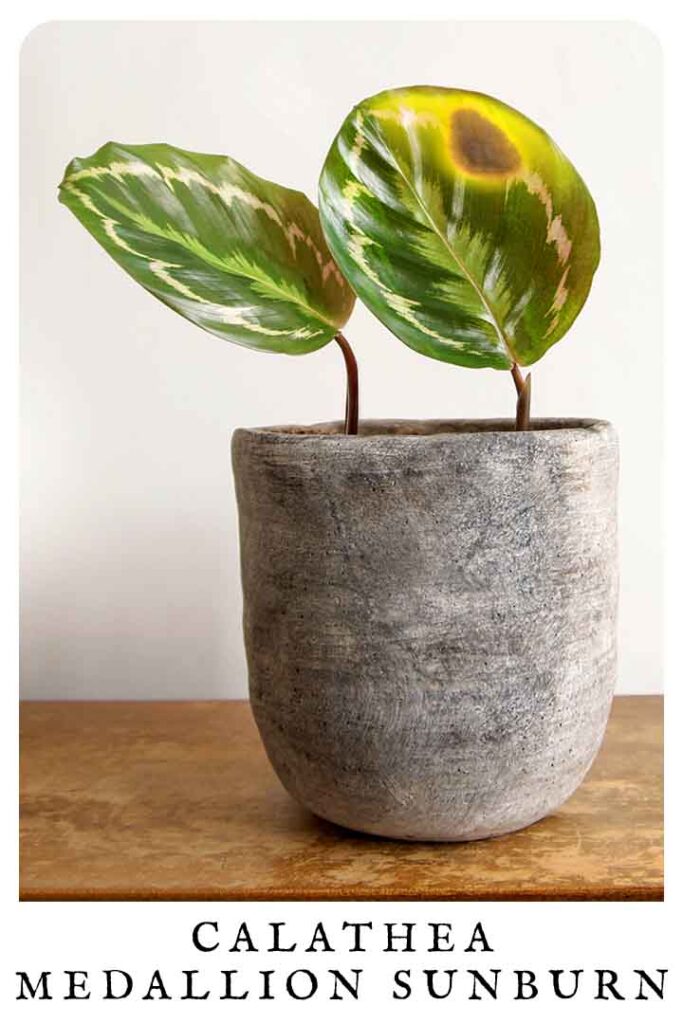
But what Calathea medallion plants aren’t adapted to is prolonged exposure to direct sunlight. Direct, intense sunlight can damage their leaves, and yes, the effect is like sunburn.
What does calathea medallion sunburn look like?
Sunburn on Calathea looks like light- or mid-brown crispy patches and spots on the upper surface of their leaves. If you poke sunburned spots gently with the tip of a pencil, the center is likely to be brittle and crumbly. This is because the sunburned tissue has literally baked. Around the edges of the sunburn the leaf might also be discolored and yellow. Sunburn usually looks like patches of scarring in the center of the leaf, rather than shriveled brown tissue at the edges of the leaf (we’ll touch on what that is in a moment).
Treating sunburn on calathea
Damage caused to Calathea medallion leaves by sunburn is permanent, and cannot be reversed. However, the plant can still be restored to its former glory over time, by taking the following steps:
- Relocate your plant so that it receives less direct or less intense sunlight. Alternatively, filter the light hitting it using window shades or frosted contact film on the glass.
- If only a small proportion of the leaves are damaged, you can remove them all now.
- If a large number of leaves are damaged, remove just the worst affected ones for now. Leave the plant to put on some new growth, and remove the rest of the damaged leaves later.
Other leaf conditions easily mistaken for sunburn on calatheas
Some leaf damage on calathea medallion also looks like it could be sun damage, when actually it is caused by something else. To diagnose sunburn confidently, it helps to know what symptoms aren’t sunburn too. (Of course, a particularly unlucky plant could have sunburn and other problems as well!)
- Shrivelled brown tips and edges on leaves. This is a result of underwatering, or insufficient humidity. Water your Calathea medallion whenever the top 2 inches of compost has dried out. Increase humidity using a humidifier or plant mister. For an ultra low-tech solution, stand your plant on pebbles in a tray of water. Make sure the bottom of the plant pot isn’t actually submerged in the water.
- Yellow leaves. Calathea medallion leaves can turn yellow as a result of minerals and chlorine dissolved in tap water. Bring them back to green by watering with rain water or distilled water.
- Faded leaves. Like all plants, Calatheas rely on sunlight for photosynthesis. But too much sunlight overwhelms the photosynthetic pathway and starts to break down the green pigment in their leaves. Depending on the intensity of the sunlight, fading can be a precursor to sunburn spots too
- Mottled leaves. A common pest of Calathea medallion is spider mites, which feed on sap drawn from the underside of the leaves. This creates a mottled appearance on the upper surfaces, which can look superficially like sunburn at first. Flip the leaves over and look for fine webbing on underside, which is the tell tale sign of spider mites. Spider mites can be wiped away with a damp cloth, or treated with insecticidal soap.
Calathea medallion sunburn – summary
Calathea medallion started out as a ground level plant in the tropical rainforests of South America. It’s adapted to survive under the canopy shade of lots of taller plants, so it is very prone to sunburn if it is left in direct sunlight. Sunburn damage can’t be reversed, but if you move the plant to a less bright spot, damaged leaves can be gradually removed once new foliage has appeared to replace it.
Does your calathea medallion have sunburn?
Let us know whether you manage to bring it back to health, using the comments box down below!
More help with houseplants
- Top Tips For Turning Calathea Yellow Leaves Green
- White Star Calathea
- How To Fix A Sunburned Monstera
- Fiddle Leaf Fig Sunburn
- Which Plants Are Prone To Sunburn?
- Why Do Money Plants Have Such Small Leaves?
References
Borchsenius et al. Molecular Phylogeny and Redefined Generic Limits of Calathea. Systematic Botany. 2012.
Van Huylenbroeck. Calathea. Ornamental Crops. 2018.
Zhang et al. Composted Green Waste as a Substitute for Peat in Growth Media: Effects on Growth and Nutrition of Calathea insignis. PLOS One. 2013.

